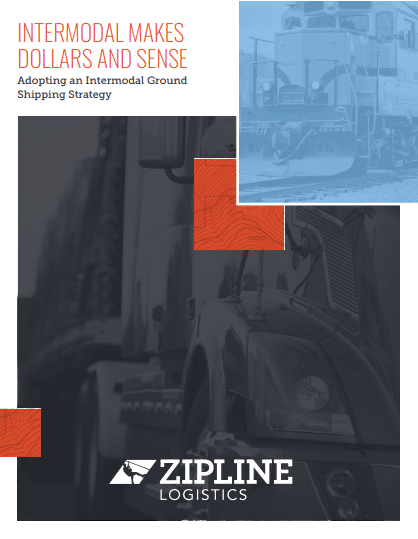Intermodal Services | Intermodal Shipping Rates
Intermodal services, like rail shipping, are appealing because they offer lower rates and more consistent service than typical over the road trucking. Here at Zipline Logistics, we have intermodal services specialists who can help you identify when transferring from truck to rail is a cost-effective solution.
Rail is an often-underutilized transportation mode, but we can attest that correctly using rail can add up to big supply chain savings for shippers. According to CSX research, shippers realize cost savings of 10 to 40 percent when shifting freight from over the road services to intermodal.
We have relationships with all major rail lines and can provide customers with competitive pricing for door-to-door rail moves across the country. This includes full management of sourcing and booking capacity, drayage services, storage, pick-up, and delivery.
Intermodal Shipment Tracking
Shipment tracking for intermodal freight service has improved in recent years with the addition of advanced technology. Intermodal shippers can now access visibility integrations for remote monitoring of important details like location, direction, speed, ETA, and temperature.
Zipline Logistics’ customers can see real-time status and location updates within our Summit tool and KanoPI shipper intelligence platform. You never again have to worry about the status of your shipment. See key freight updates as they happen along your shipment’s route to its destination.
Intermodal Services | Intermodal Container Shipping Rates
Intermodal shipping involves the combination of rail and truck services. Trucks help move containers from your facility to the rail yard, then from the rail yard to your final destination. Splitting transit between truck and rail helps to reduce environmental impacts, improve highway congestion, and lower overall costs for shippers.
Rail can be especially beneficial for CPG manufacturers and suppliers with long transits (over 1,000 miles). The mode is ideal for those with high volumes that are looking for cost savings, more reliability, or environmentally friendly alternatives to standard trucking services.
Traditional Uses for Intermodal
- Long haul shipments, over 700 miles
- Temperature controlled and dry shipments
- Large shipments
- Shipments that are not time-sensitive
When to Use Intermodal as a Solution
- When looking to cut transportation spend
- If you need newly sourced capacity
- To cut environmental impacts, reduce carbon footprint
- Weather impacts – rail is less likely to be delayed by snow and rain
Environmental Benefits of Intermodal Freight Shipping and Intermodal Services
Does your organization want to improve its carbon footprint? Rail services provide shippers an environmentally friendly and carbon conscious transportation option.
If just 10 percent of the freight moved by the largest trucks (Class 7/Class 8) moved by rail instead, greenhouse gas emissions would fall by approximately 17 million tons—equivalent to removing around 3.2 million cars from U.S. highways for a year or planting 400 million trees.
Removing Complexities from Intermodal Freight Shipping
Are you hesitant to explore the benefits of using intermodal freight services? It’s easier than you think. Our intermodal freight experts make it simple, ensuring competitive pricing, bundling rail and drayage costs into a single rate, and coordinating all carrier booking and communication on your behalf.
 | White Paper: Why You Should Consider Adopting an Intermodal Ground Shipping Strategy On the fence about intermodal shipping? If you've ever considered moving freight via rial but don't know where to start, download our free white paper to learn about the state of today's intermodal market and what advantages are available. |




